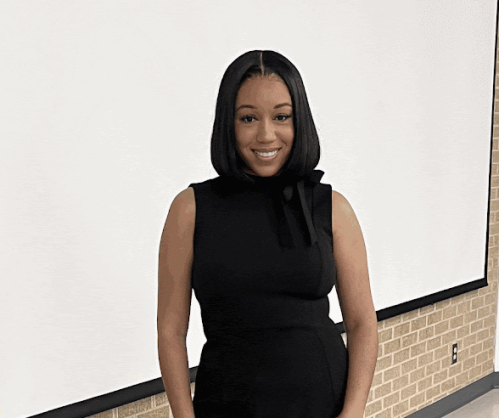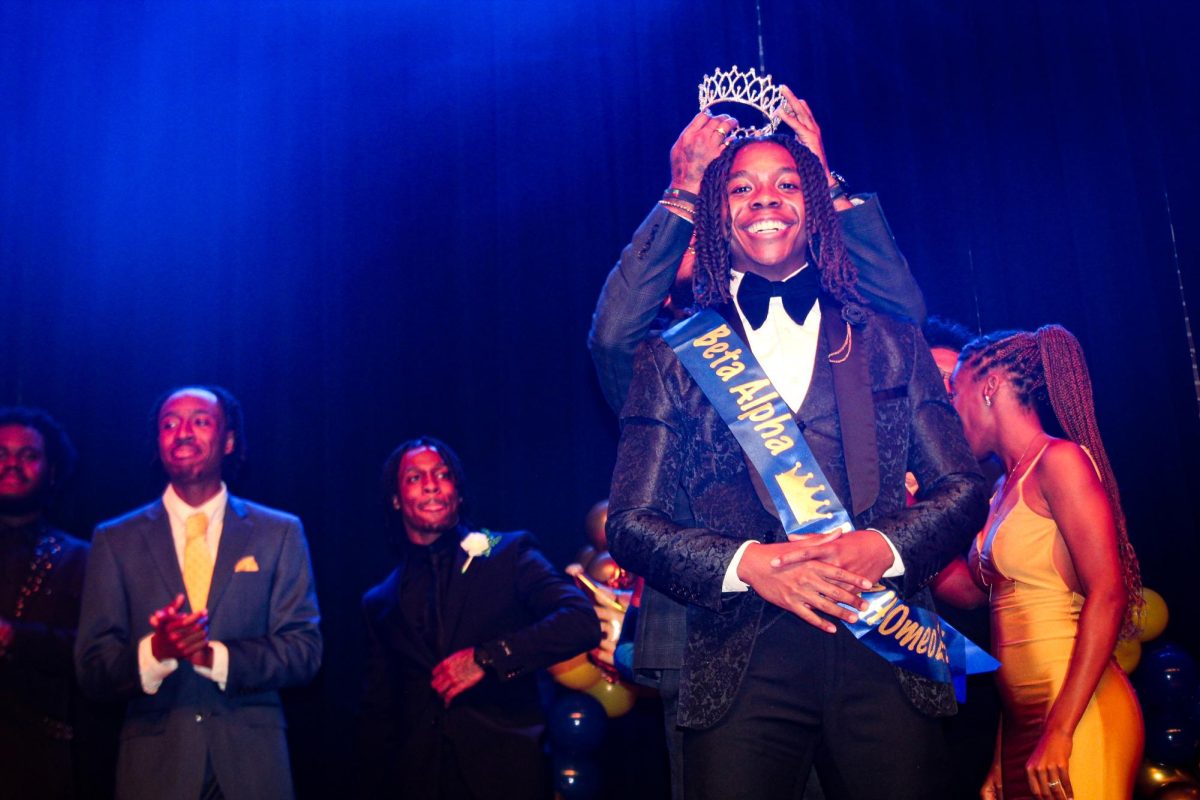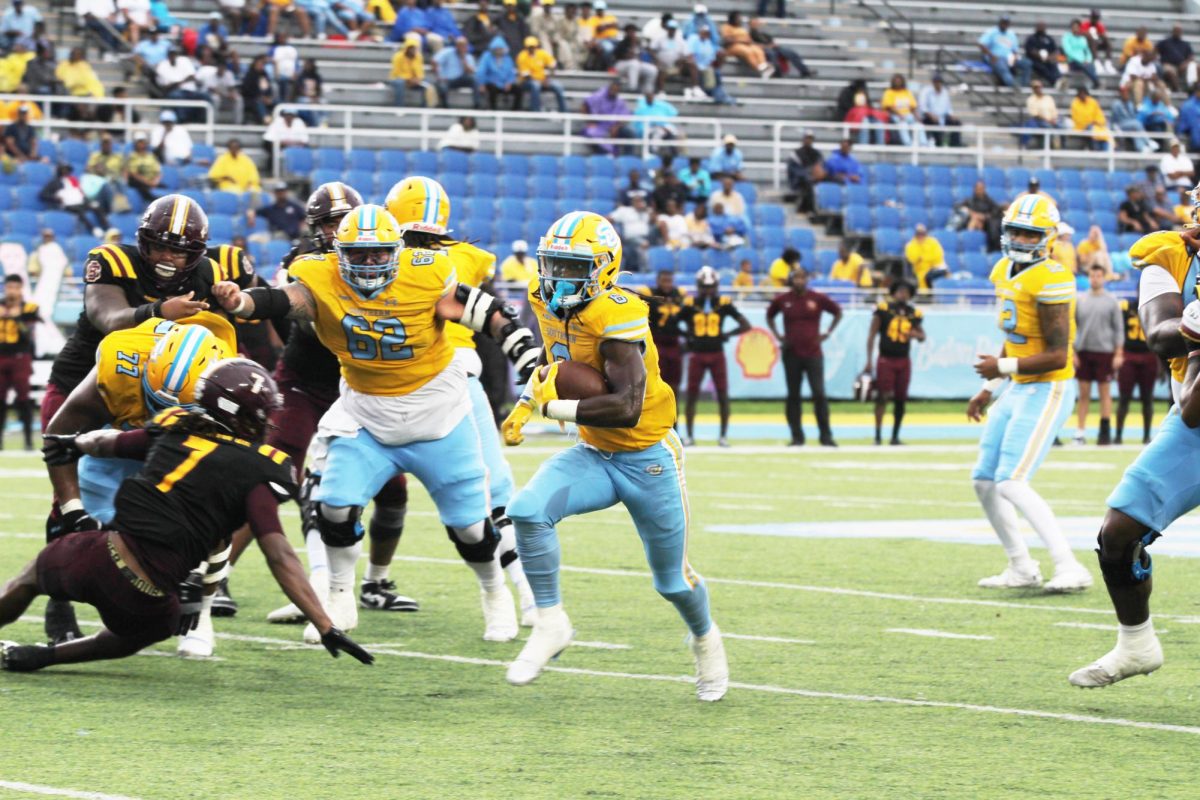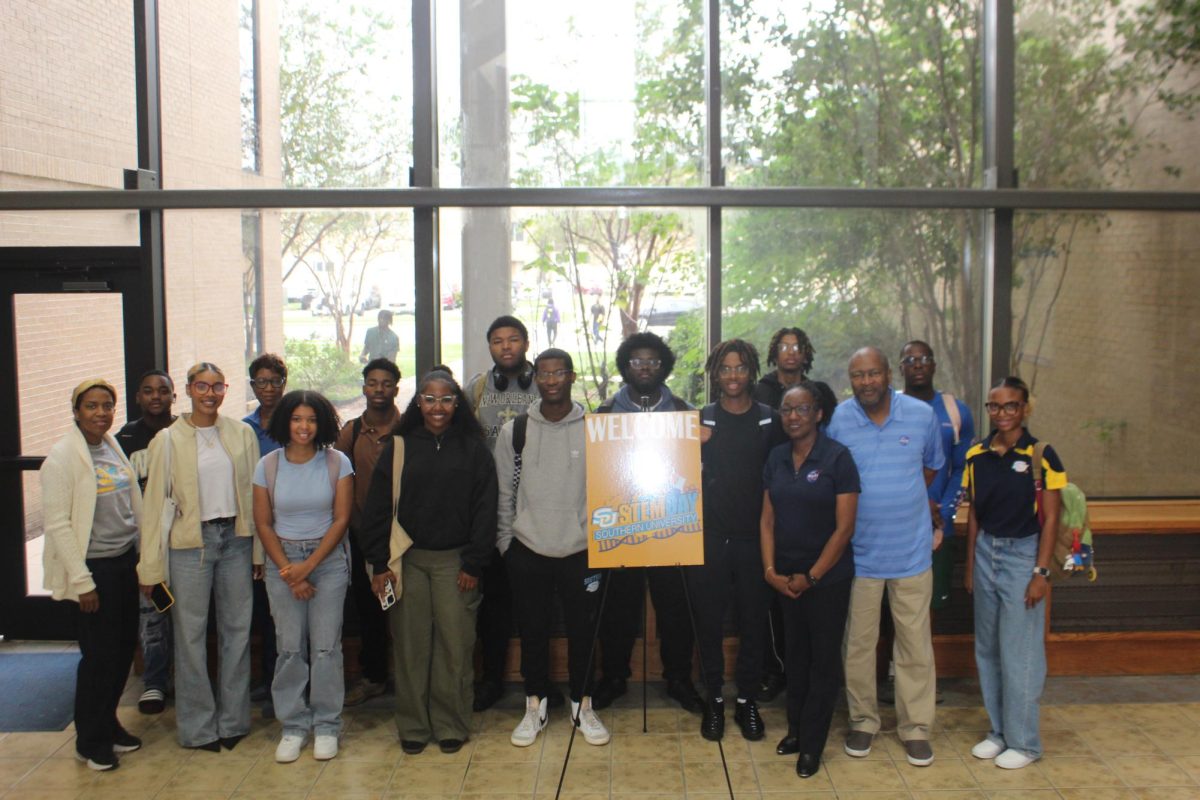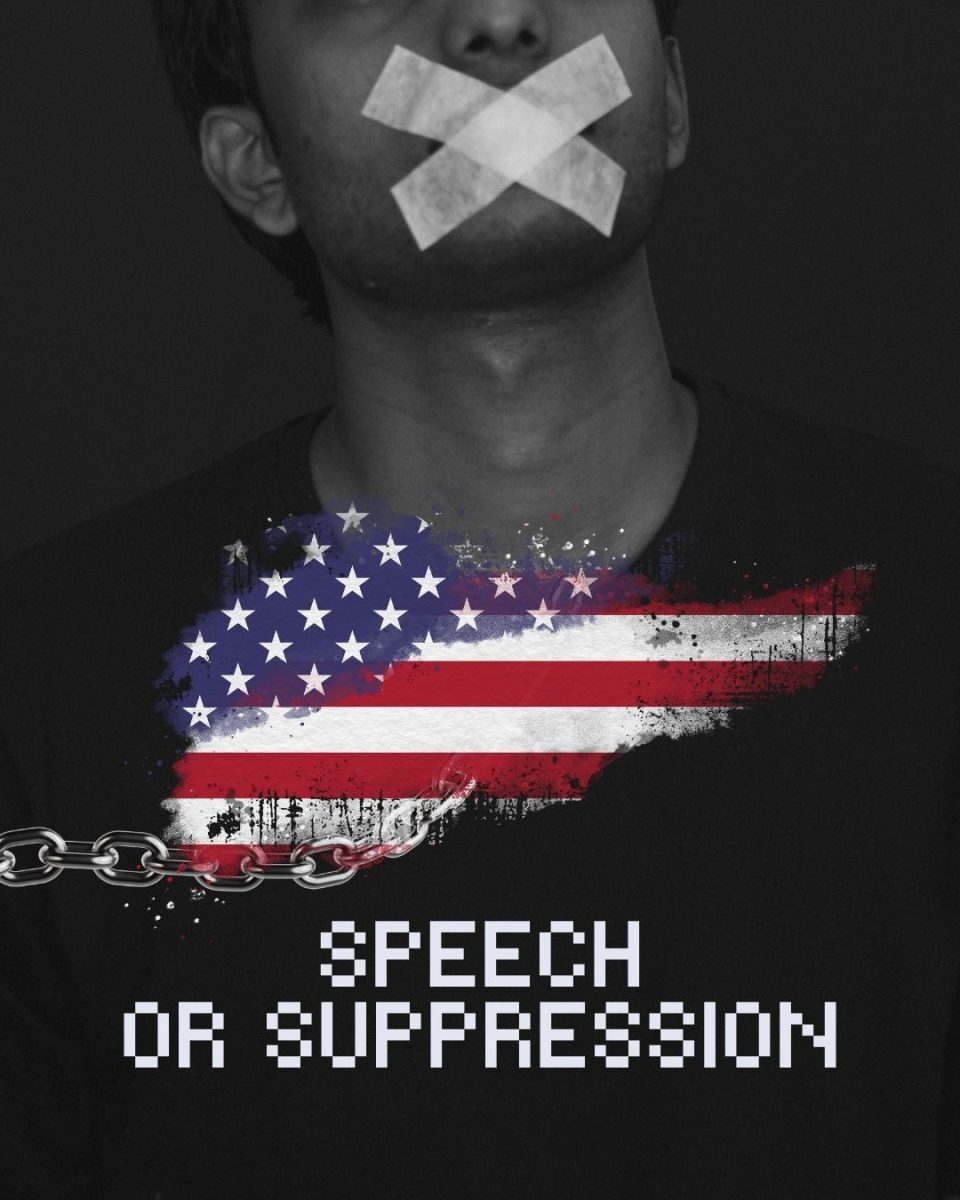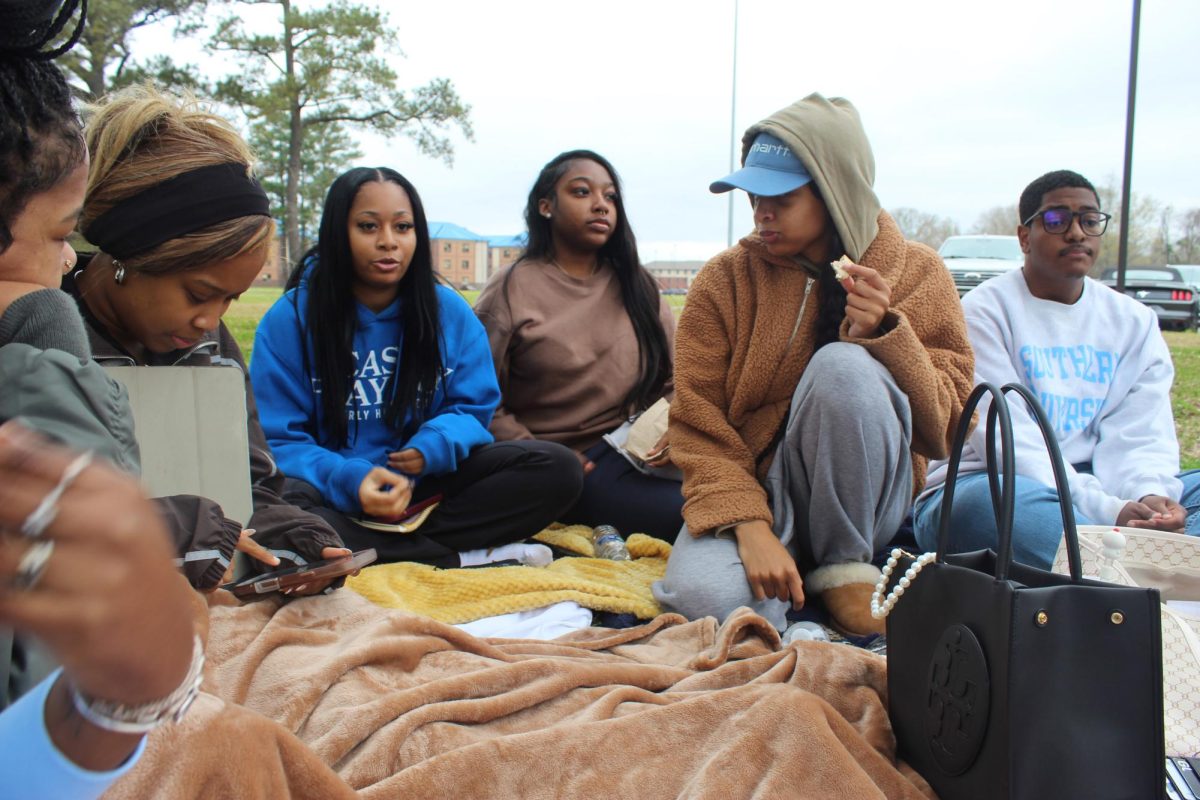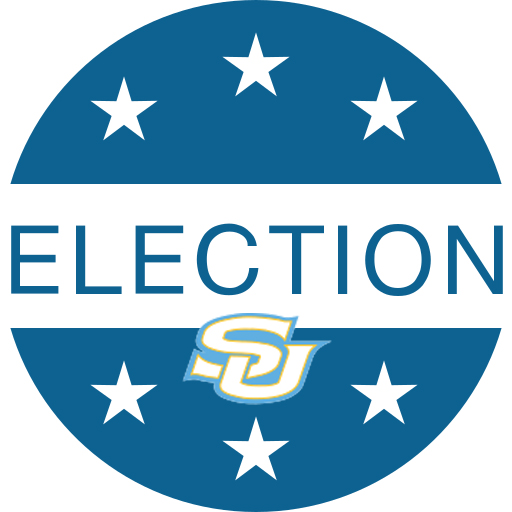When we hear the phrase “first black,” many of us would assume one is about to follow the phrase with the name of the honorable first black president of the U.S. ,but have you ever stopped to think that there are several more “first blacks” in our history than just Barack Obama?
Born Caliste Landry in April 19, 1841 on the plantation of Dr. Francois Marie Prevost near Donaldsonville, he was raised by a free couple of color and educated at a school designated for free children of color. However, he himself was not a free man, and at the loss of his master’s plantation, he was auctioned off to a wealthy sugar planter, by the name of Marius St. Colombe Bringier, in Ascension Parish. Sold for $1,665, he continued his education on the plantation where he earned the position of superintendent of the yard. To say he was a slave, Caliste was rewarded with many freedoms, such as being able to conduct a business partnership with another slave to run a plantation store. In 1862, Caliste was released from his yard duties and became an apprentice to the plantation’s head white carpenter and technician.
For reasons unknown, Caliste changed his name to Pierre in 1866, and moved to Donaldsonville. Here he became a prominent figure in Donaldsonville’s Black community. Pierre succeeded in founding two day schools and one night school for children of color as well as opening a small store. He is credited for building the first home owned by a freed slave in Donaldsonville. From here on out, Pierre Landry went on to achieve many great things.
The colored town residents desperately needed a leader for their social, educational and political affairs. Because Pierre Landry had a reputation for outstanding leadership, they elected Landry as their leader at a commemoration of the Emancipation Proclamation. In 1868, Pierre Caliste Landry was elected mayor of Donaldsonville and served one term, which makes him the first African American mayor in the United States. Uninterruptedly, he then went on to serve as a member of the Ascension Parish School Board, superintendent of schools, and justice of the peace. In 1870 Pierre became the president of the Ascension Parish Police Jury and was appointed as Donaldsonville’s tax collector by Governor Henry C. Warmouth. In 1872, President Ulysses S. Grant appointed Landry as the postmaster of Donaldsonville; and in the same year he was elected to the State House of Representatives. Landry’s most notable bill aided to blacks, the establishment of New Orleans University –the third black private college in Louisiana.
In 1874 Pierre Landry became the state senator for the 8th Senatorial District of Louisiana, where he served 4 years. During his reign as Senator, he also edited a Christian newspaper known as the Monthly Record. In the midst of all these political duties, Landry had a law practice for twelve years. Most notably, he was a founding member of the Board of Trustees for New Orleans University, which later merged with Straight College to become Dillard University in 1935. At the Annual Session of the Louisiana Conference at Shreveport in 1881, he was appointed as the Presiding Elder of the Baton Rouge District and later appointed as Presiding Elder of the Shreveport District in 1885, and appointed as the Presiding Elder of the South New Orleans District in 1891. During those terms he also served as Pastor for St. Paul Church at Shreveport in 1889—in 1891 he became affiliated with the Methodist Episcopal Church where he served as minister for fifty years. In 1900 Landry became the dean of Gilbert Academy in Baldwin, Louisiana – a respected agricultural and industrial college for freedmen, which closed in 1949.
Despite the limitations placed on him just because he was a colored man, Pierre did more in his lifetime than many have done today. Who would imagine that a former slave could go on to accomplish as much as he had during his eighty years of life.
Categories:
Know your Louisiana History: PIERRE CALISTE LANDRY – FIRST BLACK MAYOR IN U.S.
October 13, 2015
0
More to Discover
